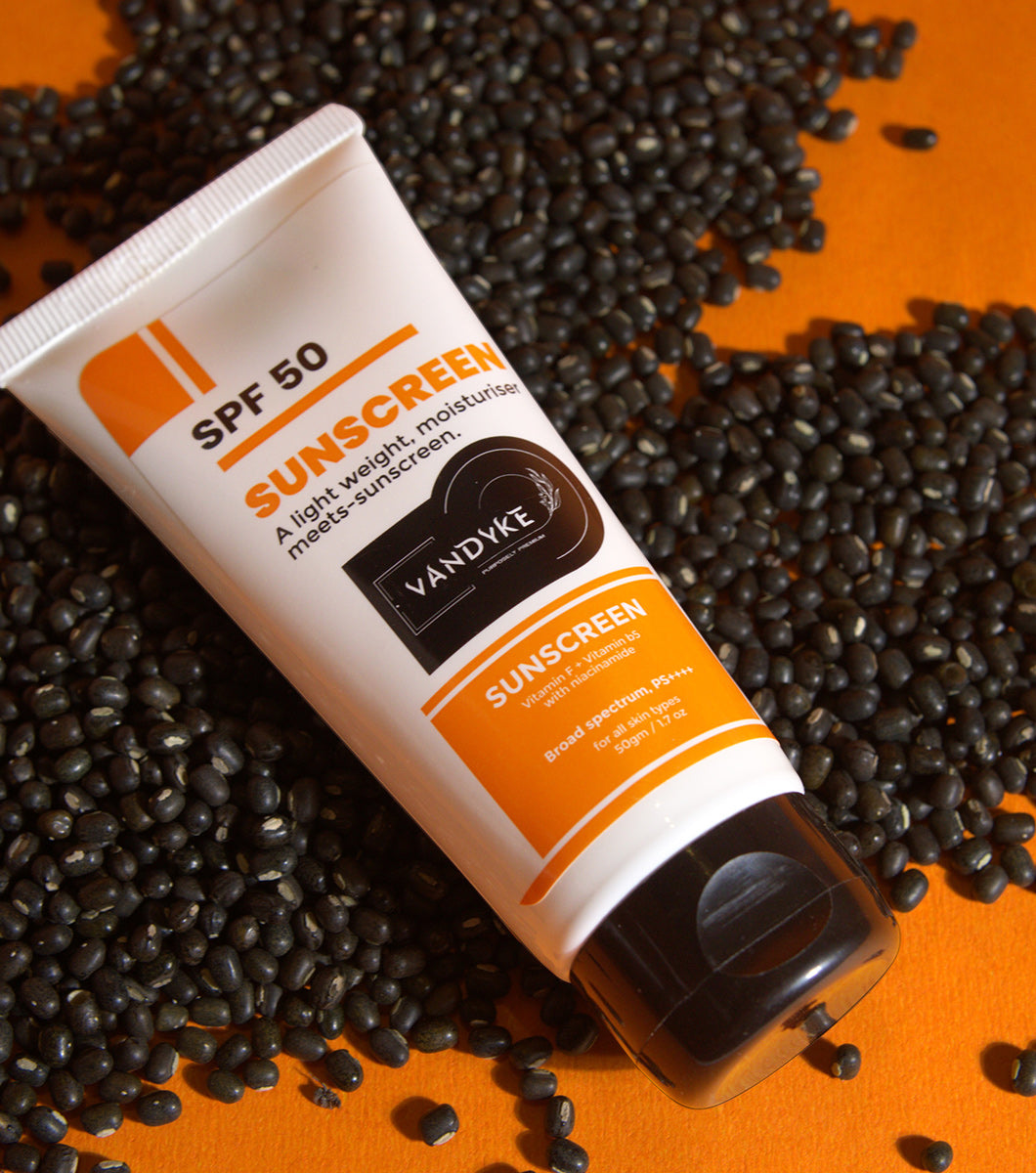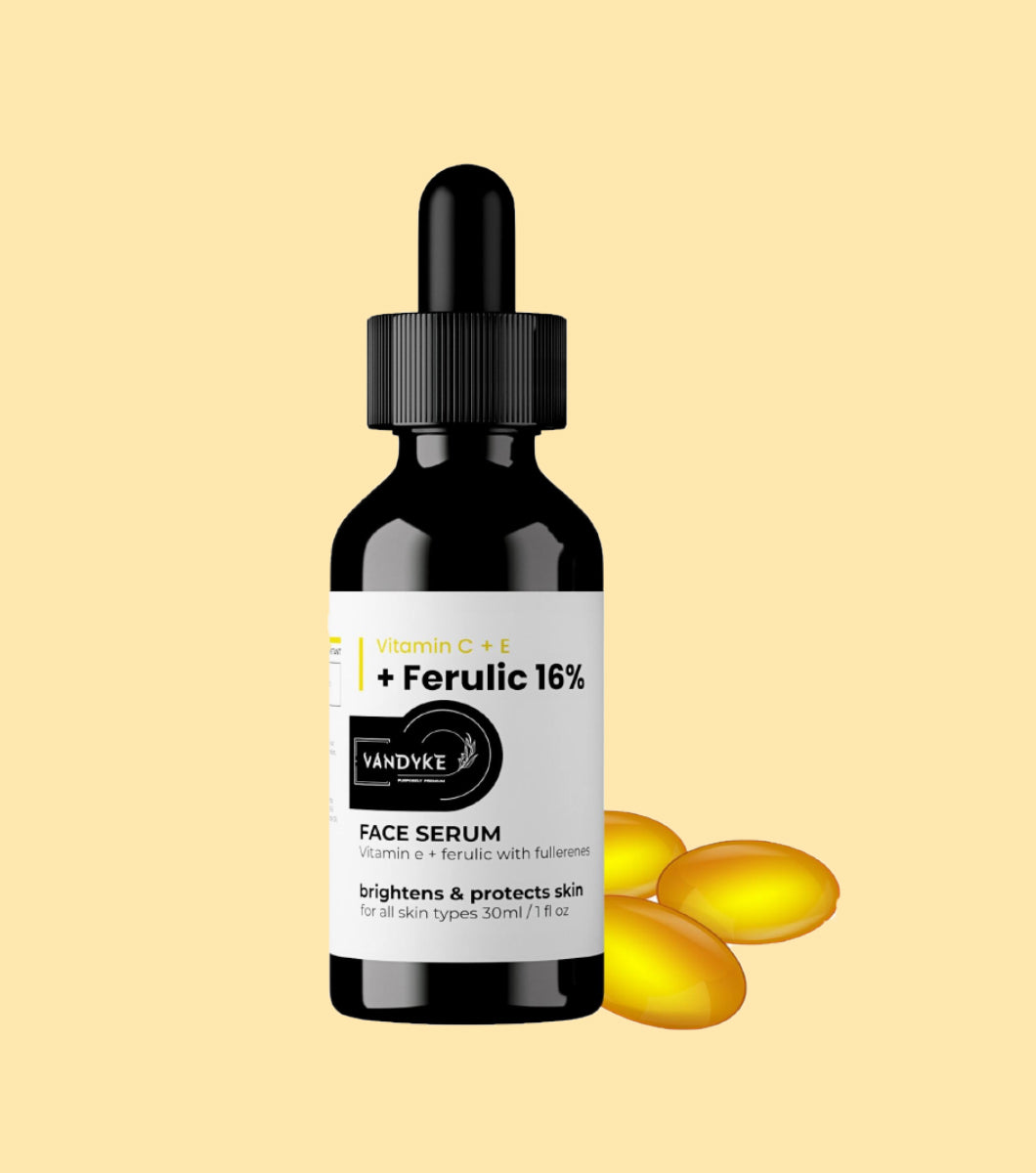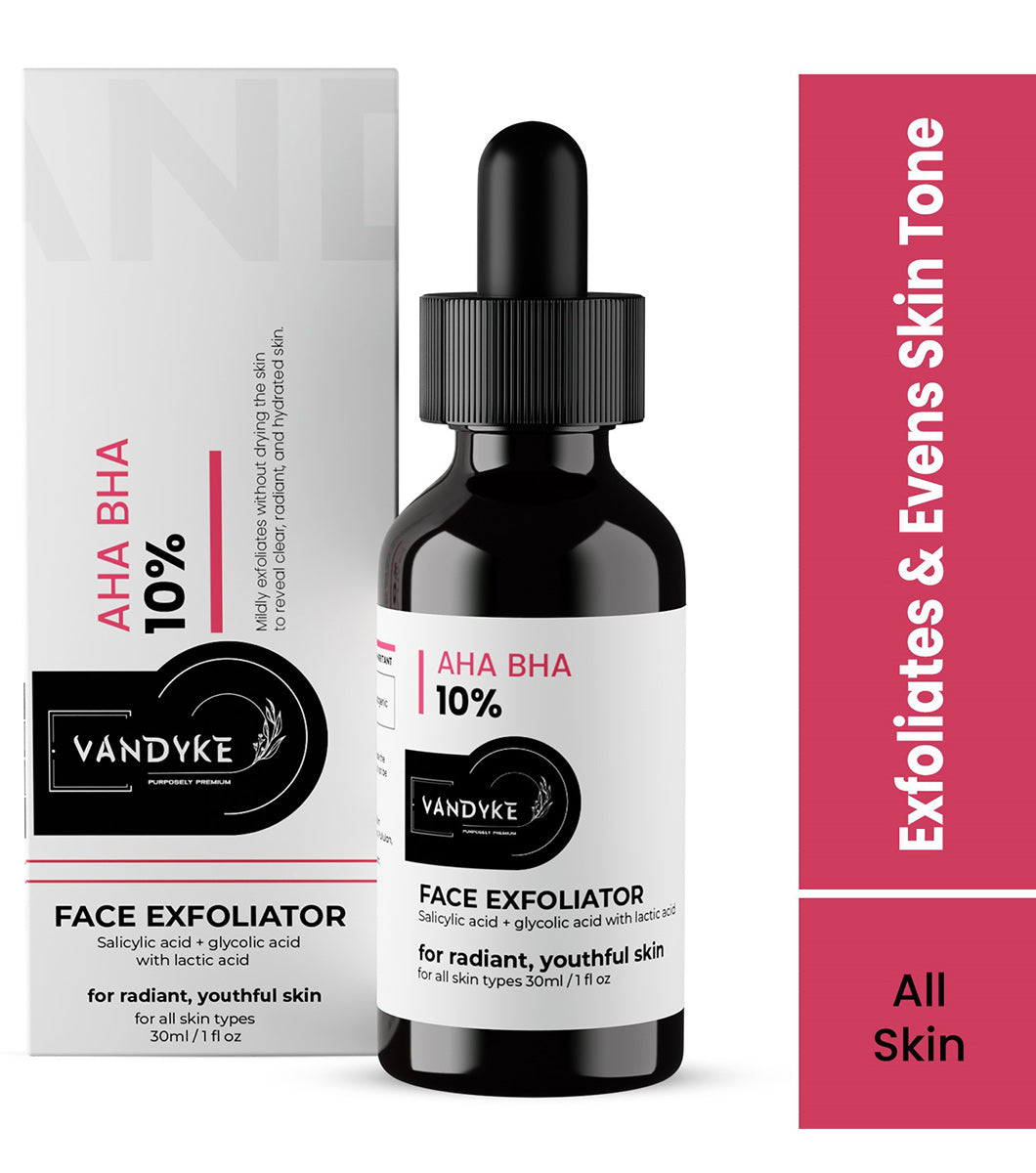
IS TANNING BED EXPOSURE RELIABLE SOURCE OF VITAMIN - D?

IS TANNING BED EXPOSURE RELIABLE SOURCE OF VITAMIN – D?
You will know more in this article is Tanning Bed Exposure Reliable Source of Vitamin D or not, TANNING BED, SUNBED, or SOLARIUM. Popularly known as a tanning bed. The craze for tanning beds is very high among the younger generation, but adults also frequently do this. Many youngsters say, ‘Tanned skin looks better on me’ Maybe it looks, but this beauty comes with great risks. There is no such thing called safe tanning.
SUNBURN – UV exposure and skin damage can cause sunburn, also known as erythema. It usually shows up as redness and peeling skin (after a few days). Sun burn is type of skin damage which is short term.
SUN TAN – A tan is not a sign of health, but of damage. The tan color change in your skin is caused by an increase in melanin, which is a skin pigment. This means your skin has been harmed.
PREMATURE AGING – Premature aging, also known as “photoaging,” happens when UV exposure damages the skin. It makes the skin look leathery, wrinkled, and dark-spotted.
EYE DAMAGE (PHOTOKERATITIS) – Photokeratitis is when the cornea gets sunburned by strong UVC/UVB rays. It is also known as “snow blindness” because it often happens to people in snowy places at high altitudes where there is a lot of UVB reflection. Some artificial sources of UVC/UVB, like broken mercury vapor lamps or some tanning lamps, can also cause this condition.
Are you still confuse is Tanning Bed Exposure Reliable Source of Vitamin D?
SKIN CANCER IS OF TWO TYPES.
Melanoma is more dangerous, but less common. It causes most of the skin cancer deaths every year. Melanoma starts in the epidermal cells that make melanin (melanocytes). The American Cancer Society (ACS) says melanoma can be cured almost always if found early.
Non-melanomas (basal cell and squamous cell carcinomas) start in the basal or squamous cells at the bottom of the epidermis, inside and outside the body. Non-melanomas often show up in areas of the body that get sun exposure, such as the face, ears, neck, lips, and the backs of the hands.
Now the question is, ‘ IS TANNING BED CAN FIX VITAMIN – D DEFICIENCY?
The quickest answer to that question is a big NO!! To know why? We first need to know how vitamin – d is produced in our bodies.
HOW VITAMIN - D PRODUCED IN OUR BODY?
The human body primarily produces Vitamin D through exposure to sunlight. When UVB rays from the sun come into contact with the skin, the body naturally generates Vitamin D. The optimal level of sun exposure for Vitamin D production is one that does not result in sunburn. The liver and kidneys play a role in further metabolizing Vitamin D into its major circulating form (25(OH)D) and hormonal form (1,25(OH)2D).
Vitamin D we get from diet or sunlight is in its inactive form, which is useless to be useful for us. It should undergo hydroxylation. The first hydroxylation takes place in the liver, where Vitamin D is converted into 25-hydroxyvitamin D [25(OH)D], also known as calcidiol. The second hydroxylation occurs in the kidneys and some immune system cells, where calcidiol is transformed into calcitriol (1,25-dihydroxycholecalciferol), the biologically active form of Vitamin D. Calcitriol acts as a hormone in the bloodstream, regulating calcium and phosphate levels and promoting healthy bone growth and remodeling.
Here is the important thing you need to know: UV (ULTRAVIOLET) is not just one wavelength. It’s made up of three, so three different wavelengths. The one that makes vitamin D is UV B, the ultraviolet A wavelength does not make vitamin D, and that’s the one they use in the tanning beds, so if you are giving the wavelength, you are not giving vit – d. The problem with exposure to UV A is that it penetrates deeper and can create genetic damage in the DNA. 95% of UV rays are this type so that it can create genetic damage, tan skin, and even age your skin. It does not end up helping you increase the conversion of vitamin – D. It can increase melanoma, the sun you’re giving UV A, UVb, and UV C, and other things. Still, the tanning bed only gives you UV. Hence, the key thing about the topic is whether you get vitamin D. Because vitamin D is protective against cancer, it is anti-cancer, and your susceptibility to getting cancer increases. As you become deficient in vitamin D, your susceptibility to getting cancer increases. So for that reason, a tanning bed comes with the package. You might get a tan, but you don’t get the protective vitamin D that protects you from skin cancer and many other things.
VITAMIN - D FROM FOOD
It is very, very hard to get the vitamin – D from food, for example.
3 oz (85 gm) of salmon only gives 447 IU’s (international unit) of vitamin d
3 oz (85 gm) of tuna gives 154 IU’s of vitamin d
3 oz (85 gm) of mackerel gives 388 IU of vitamin d
3 oz (85 gm) of beef liver only gives you 42 IU of vitamin d
One egg gives 41 IU
During the spring and summer seasons, adults can synthesize 1000 IU of vitamin D in just 10-15 minutes of sun exposure when 22% of their skin is uncovered.
Now that’s a lot compared to what we get from food.
Most people who are overweight and have absorption issues diabetics need at least 6000 to 8000 IU
CONCLUSION
In conclusion, Vandyke skincare products in India wants to tell you tanning beds are not a reliable source of Vitamin D. Tanning beds primarily emit UVA rays, which do not contribute to Vitamin D production in the body. Instead, UVA rays can cause skin damage, premature aging, and increase the risk of skin cancer. Obtaining sufficient amounts of Vitamin D from food alone is also difficult. During the spring and summer seasons, adults can synthesise 1000 IU of vitamin D in just 10-15 minutes of sun exposure when 22% of their skin is uncovered. This is significantly more than what can be obtained from food source.





































